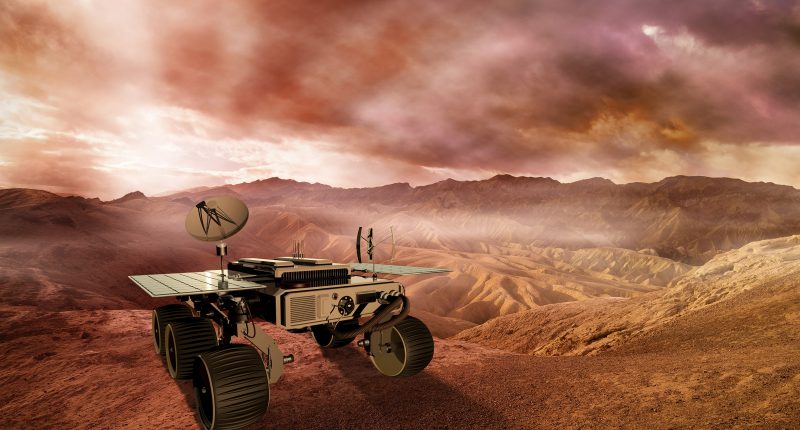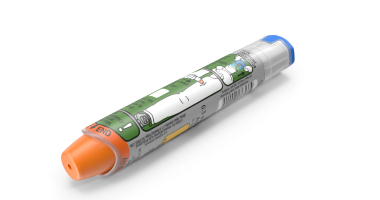When NASA starts its second rover to Mars, the vehicle is going to take a little helicopter for the ride. NASA declared today that it’s going to be sending out a tiny autonomous traveling chopper — aptly called the Mars Helicopter — with the Mars 2020 rover. The aircraft will try to fly through the Martian atmosphere to determine whether vehicles can also levitate on Mars, where the air will be 100 times thinner compared to that of Earth.
The design for the Mars Helicopter has been in the works for the previous 4 years in NASA’s Jet Propulsion Laboratory, however, the space agency was hesitant to determine if it would actually use the vehicle on Mars. NASA had to decide whether the tech was actually attainable and whether the agency had enough financial background to incorporate the copter into the mission, according to Spaceflight Now. Today it looks like NASA has made the decision that the helicopter is able to do the job.
But even if the helicopter isn’t going to be able to fly, this won’t impact the assignment of the Mars 2020 rover — the successor of NASA’s Curiosity rover that’s already on the Red Earth. However, in case the Mars Helicopter does really fly, it’s going be in a position to capture an uncommon bird’s-eye-view of all Mars having two cameras, something that’s not been achieved previously. And that may mean it will be possible in the future to send out flying automobiles to Mars to find locations which aren’t easy to access.
Engineers in JPL are working to have the weight and form of this aircraft just right to be able to fly around in the lean Mars atmosphere. The greatest virtually any helicopter has ever flown on Earth is 40,000 ft high. However, the Mars Helicopter is likely to be flying into an atmosphere which is as thin as altitudes of 100,000 ft on this planet, informed NASA. Hence that the copter needs to be as light and tiny as possible: it weighs only 4 pounds (1.8 kilograms) on Earth and has a size of about a soft ball. The copter has twin blades which rotate 10 times speedier compared to helicopters here in earth.
The plan for the Mars Helicopter is to fly connected to the bottom of the Mars 2020 rover. The moment the rover lands in the planet’s surface, it will find the perfect area to place the copter, deploy it, and roll off after that. Finally, the helicopter will try to take off, and it ‘ll have to do it completely by itself. Considering that Earth is quite far from Mars, it is going to take a few minutes to send orders to the helicopter. Basically, the vehicle will attempt to do 5 autonomous flights within a 30-day span; the flights might take up to 90 minutes.
“The idea of a helicopter flying the skies of another planet is thrilling. The Mars Helicopter holds much promise for our future science, discovery, and exploration missions to Mars.” commented NASA Administrator Jim Bridenstine in a statement on Friday afternoon, in the middle of SpaceX’s Block 5 launch.
The Mars 2020 rover is supposed to launch on top of the Atlas V rocket, created by the United Launch Alliance, from Cape Canaveral, Florida in July 2020. The space craft will supposedly land on Mars at February of 2021.









